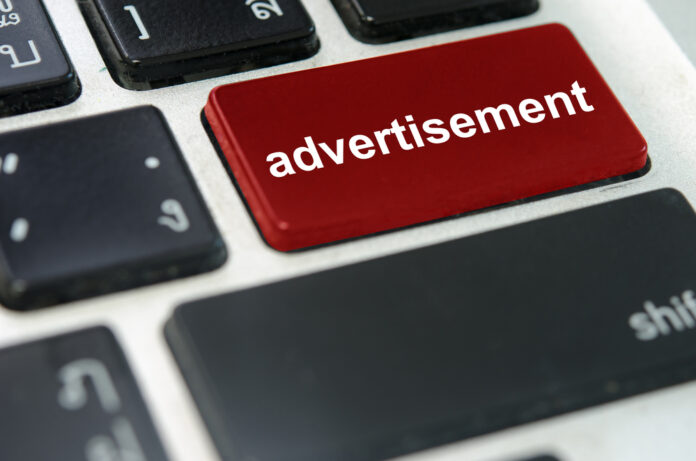Did you know that a pencil can draw a straight line up to 56 km long? That sharks go into a coma if turned upside down? That ‘anatidaephobia’ is the fear that a duck is watching you? Curious? Here’s another surprising fact: with smart Ads Share management, you can significantly boost your brand’s market share.
Simply put, Ads Share represents a brand’s share of promotional offers within the total ads in a category. For example: if Brand A has 5% Ads Share in the yogurt category in a given period and region, it means 5% of all offers in that category were from Brand A.
What’s the relationship between Ads Share and Market Share? Several factors explain market share variations, and one of the main levers is the volume of promotions. This is particularly relevant in the FMCG or high-turnover consumer goods market, such as food, beverages, hygiene, beauty, and cleaning products.
In this segment, on average, 30% to 35% of retail sales (supermarkets, hypermarkets, and wholesalers) come from promotions. That is, nearly 1/3 of sales in these channels are promoted products. In some chains, this percentage can reach 50% or 60%! These are incredibly relevant numbers.
It’s known that effective promotions drive more store traffic, as well as additional cross-category sales. This is called ‘cross-elasticity,’ where the demand for one item/category reacts to price changes in another.
From the retailer’s perspective, the gain is obvious. For manufacturers, this can have a positive impact, especially for those with multi-category portfolios.
Negotiations between retailers and suppliers about promotions usually focus on one category at a time (and their respective SKUs). But what if you considered the interrelation between the categories the manufacturer operates in?
With the right insights, you can promote one category by linking it to another in your portfolio. In this case, you wouldn’t need to sacrifice margins on both, as shoppers who buy Category A will likely also buy Category B.
So why discount both? You might ask: ‘But what guarantees the shopper won’t buy Category B from my competitor while I only sell what I promoted?’
Here’s another concept: ‘Every promo is an offer, but not every offer has to be a promo.’ How so? An offer doesn’t necessarily have to include a price or quantity discount (while a promo does). It just needs to be communicated effectively.
One tool is using promotional mechanics intelligently. For example, if I only buy Item A, the price is, say, R$ 10. But if I also buy Item B, Item A’s price drops to R$ 6. Item B keeps its regular price (though it shouldn’t be much higher than average). Both items must be from the same manufacturer, given the strong cross-elasticity between them.
This way, the manufacturer boosts sales for both items, potentially increasing market share while protecting margins (for both manufacturer and retailer). All this is possible through retailer-industry collaboration and intensive data use.
Retailer data (e.g., CRM) to assess cross-elasticity, market pricing (since the partner retailer’s promo price can’t be higher than competitors’), weather (if the product is temperature-sensitive), clear audience targeting for effective messaging, and media selection—these insights are essential.
As Peter Drucker said:“What gets measured gets managed.”Ads Share thus becomes a strategic promotional performance metric. It helps brands gauge their relative exposure and adjust strategies to outperform competitors.
Ultimately, promotions aren’t just sales triggers—they’re brand-building and market share tools when thoughtfully planned, intelligently executed, and rigorously measured.


